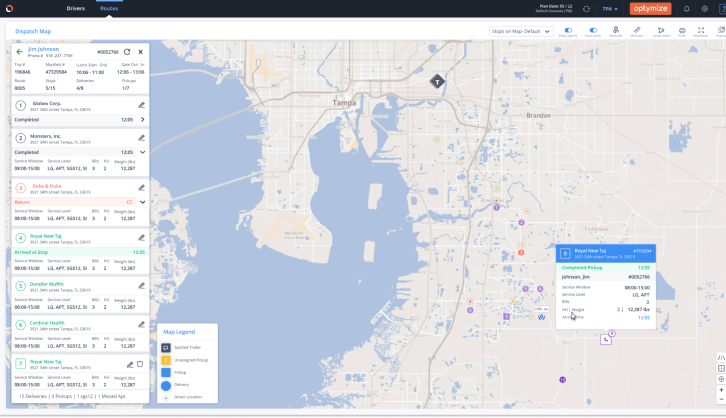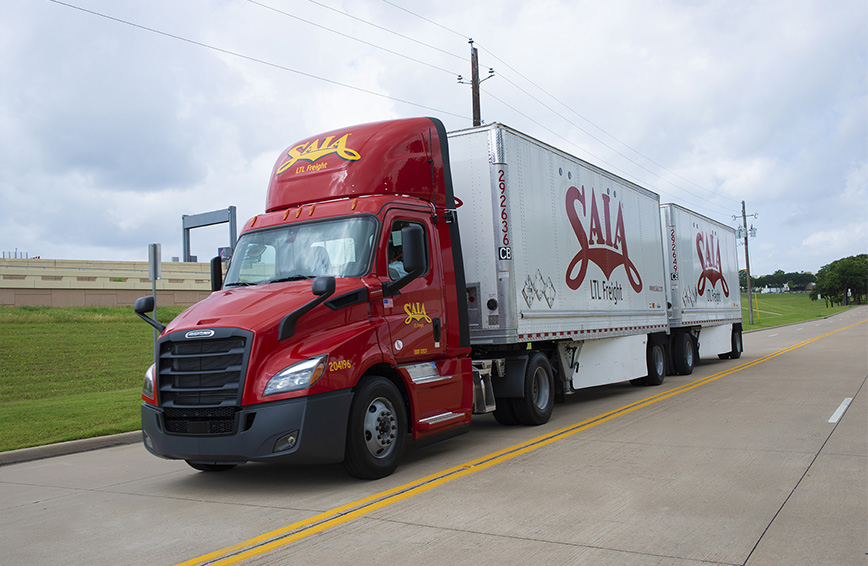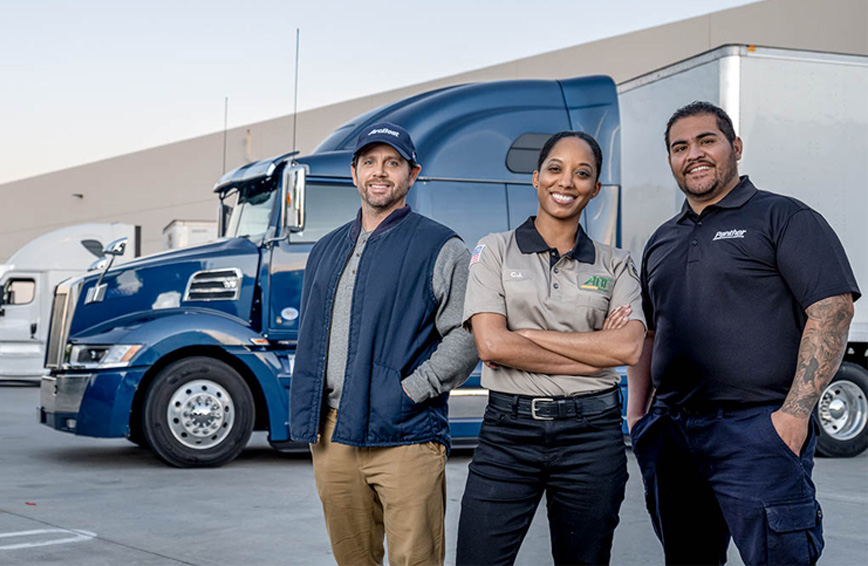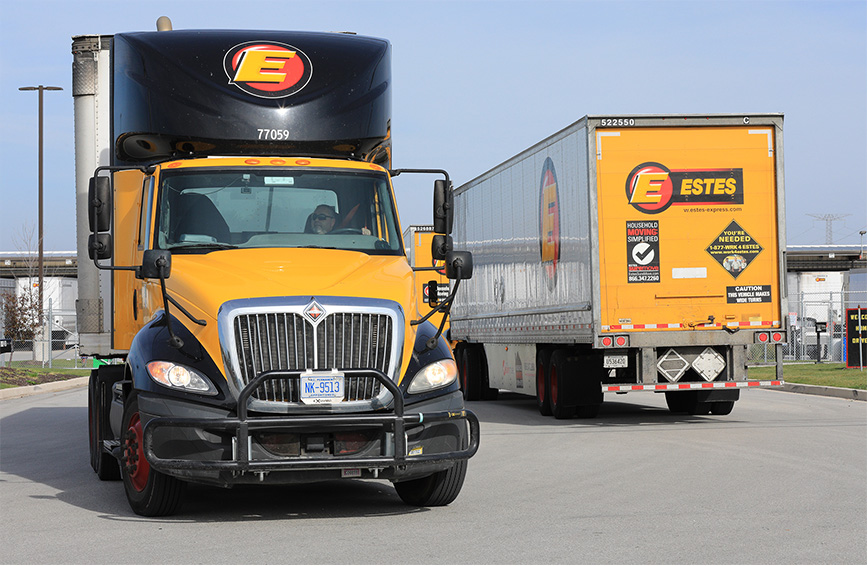AI may feel like a threat to the trucking industry.
But AI is the modern case of the haves and the have-nots. Those who have and know how to use AI will win. But those who still need to adopt AI are already falling behind. This applies to all industries, including trucking.
Scott Galloway, a professor of marketing at the NYU Stern School of Business, has repeated the point that COVID wasn't a disruptor so much as an accelerant.
COVID didn't change the world–it instead shortened certain timelines. Many of the changes we've seen in logistics were bound to happen. They just happened before we could prepare.
Everyone's working differently now post-COVID. They're using more data. They're pressured to move faster to keep up with ever-changing demands. It's a lot for everyday people to keep up with. They need AI to bridge the gaps.
The rest of the world is adopting AI to help wherever possible. Logistics should consider the same. And it further makes sense that customers and investors should expect logistics to reap the benefits of AI and augmented intelligence.
Lagging in adopting new technology means you'll only fall behind.
The challenges of changing demographics
The world is going through a demographic shift. Baby Boomers, the largest generation of all time, are leaving the workforce. Generation Z, the generation tasked with replacing the exiting Boomers, is a little smaller in pure numbers. But it is significantly smaller as a percentage of the workforce. In these terms, the Boomer generation is five times larger than Generation Z. In short, we don't have enough Generation Z workers moving into the workforce to replace the Boomers, who are leaving rapidly.
To make matters worse, the Boomers also make up a larger percentage of blue-collar workers than the Millennials and Generation Z, which creates problems for the future of trucking and logistics.
Many of the logistics industry challenges come down to simple math: Soon, there won't be enough people to do all the work needing to be done. We have no choice but to learn how to do more with less–and fewer people.
How AI can help trucking
AI is already simplifying many daily trucking struggles.
Below are just a few examples.
Quicker knowledge transfer
With the Boomers' exit, the logistics industry (as well as the world at large) is losing a wealth of institutional knowledge. There aren't enough people to pass the torch to. So, tools that reduce the need for institutional knowledge and make knowledge sharing easier will soon be in great demand.
With the power of AI, our own RouteMax solution provides a map-based interface and advanced route optimization to help trucking carriers plan routes quickly.

Attracting and retaining talent
Young workers know that many redundant, mind-numbing tasks can be automated or made simpler. In short, they expect to work with AI to make their work easier.
Solutions like LoadAi by Optym remove the guesswork from dispatching by automating and optimizing driver-to-load assignments to match carrier needs. Dispatch optimization powered by AI makes dispatching more efficient and frees workers to tackle other tasks they need to get off their plate.
We've explored the need for hiring the next generation of workers. But what do they want? And how can carriers attract quality workers in a much smaller talent pool?
Young workers expect easy-to-use tools with intuitive interfaces. It's not that they're spoiled–but they know these solutions already exist or are possible. And they know the solutions exist or are possible because they grew up with other solutions that fit the bill. So they won't settle for anything less. Nor should they.
Carriers must adopt the technology that works for a new age of workers. They must pay attention to trucking's changing demographics.
Workplace flexibility, courtesy of the cloud
It's easy to justify needing to be in an office if you must check in for constant status updates to relay to other team members or customers. But this manual work eats into your day and distracts you from more important tasks.
AI can serve as your steady update watchdog and send notifications to whoever needs them, whenever they need them.
Cloud-based solutions give more people the power to work from anywhere.
Truckers have a designated workplace: Their trucks. But dispatchers don't have to be tied to one place.
AI powers Optym solutions like LoadAi and RouteMax, which help dispatchers manage operations from one place. And these solutions make it possible to dispatch trucks from home.
Do we need more AI in trucking?
Many people are worried about AI taking their jobs. But the real concern should be that we won't have enough AI to maintain the world we've gotten comfortable in.
Some people have spent the last three years holding their breath as they wait for the side effects of COVID to go away. But putting our heads in the sand won't fix the issues that are sticking around.
We need to quit waiting for a return to a pre-COVID world. We instead need a new way to work. A better way to work.
The world is learning how to work smarter. Trucking and logistics must do the same.




